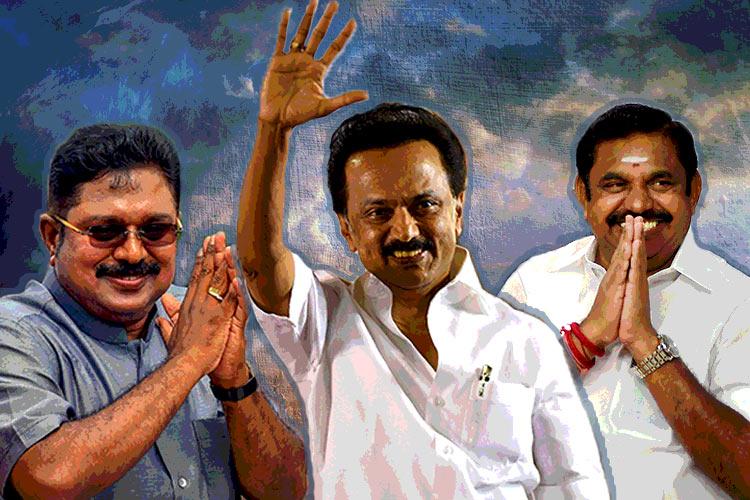The caste system is one of the most significant and unique aspects of the Indian social structure. Before the British Rule caste had its influence mostly on people’s religious, cultural, economic and social life. The impact of caste on politics and vice versa started at the beginning of the 20th Century. Newly introduced Western education benefited the upper castes, as they were the first ones to accept them wholeheartedly. They entered into new employment avenues such as Government jobs, doctors, lawyers, professors and journalists. Even though Brahmins were the biggest benefactors, some middle caste groups such as Nadars in Tamil Nadu benefited immensely from this new structure. Montagu- Chelmsford reforms in 1919 brought limited franchise and started the process of elections for the first time. This was a breakthrough movement for middle castes in Tamil Nadu as they saw this moment to break the domination of Brahmins over governmental affairs. This laid the foundation of the renowned Non-Brahmin movement in Tamil Nadu. Non-Brahmins consisting of Nadars as well as Dalits were in the majority compared to Brahmins, this ensured that they enjoyed sufficient political representation.
The Justice Party founded by T.M Nair, C.N Mudaliar and P.T Chetty was the pioneer in representing the non-Brahmin castes. E. V Ramaswamy Naicker popularly known as Periyar introduced the idea of Dravidianism into the existing caste politics of Tamil Nadu. He regarded Brahmins to be Aryans who imposed Sanskritization on the Dravidian population and thereby exploited their regional culture. He established Dravida Kazagham a political party which further bifurcated into Dravida Munnetra Kazhagam led by Karunanidhi and All India Anna Dravida Munnetra Kazhagam led by MG Ramachandran. These two parties have been dominating the politics of Tamil Nadu since independence. During the early years of independence, these parties advocated separatism along the lines of race and caste. However, over the years this rhetoric has been toned down to regionalism. The Congress Party which had done exceptionally well in the early years of independence in other parts of the country faced significant opposition in Tamil Nadu. This is because it was seen as the party of upper castes as most of its leaders such as Kamaraj and C Rajagopalachari were upper castes. Even before independence, the Justice Party ruled the state from 1921 till 1937. It was only from 1947 till upto 1967 that the Indian National Congress had its own Chief Minister. After 1967 it has not been able to win the state on its own. The sole reason for this is the caste-based loyalty that has become part of the electoral process.
Around 68% of the total population falls into the category of OBC, followed by 20% belonging to Schedule Castes and around 11% of the population belonging to upper castes. However, subcastes and communities generally determine the linkages with a particular political party. Some of these communities are Nadar, Mudaliars, Vanniyars, Parayars, Pallars and Arundhataiyars.
Click Here To Download The Paper


📌Analysis of Bills and Acts
📌 Summary of Reports from Government Agencies
📌 Analysis of Election Manifestos

